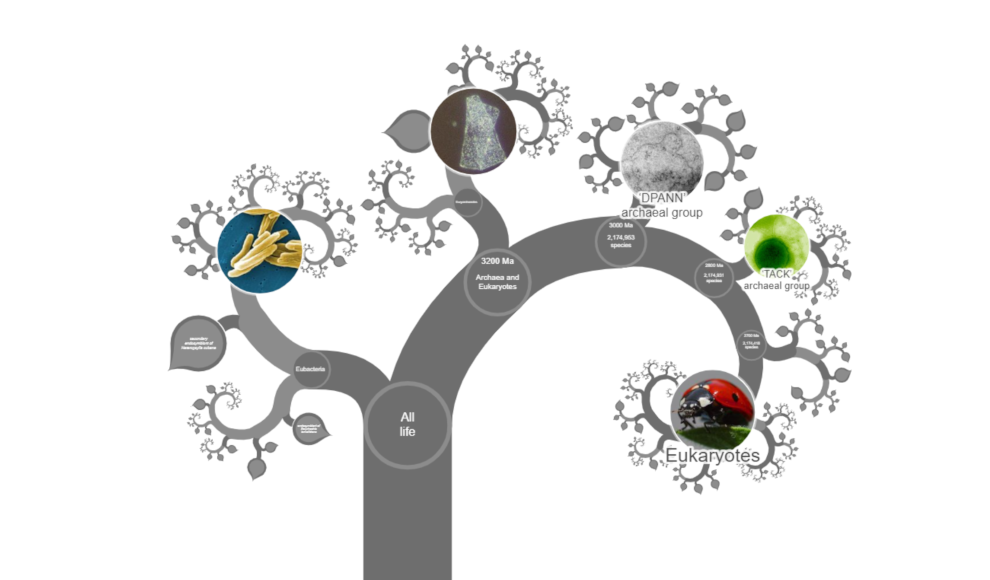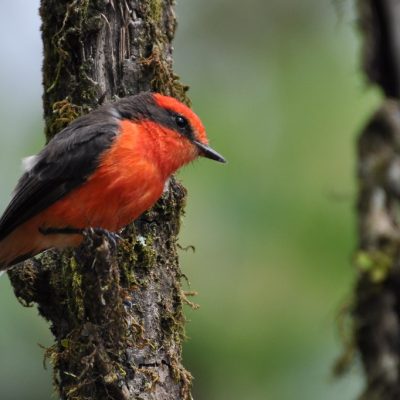After nine years of hard work, scientists have completed the “Tree of Life,” a massive visualization containing information on all known living and recently extinct species on Earth. The interactive overview was first released in 2012, containing around 5,000 mammal species. However, it now includes over 2.2 million species currently living or recently extinct, making it “complete” and containing all known species of living beings and their relationships to each other. The developers refer to the project as the “Google Earth of Biology.”
The database also includes images of around 85,000 species, as well as information on their conservation status. The species are symbolized by leaves, with green representing non-endangered species, red representing endangered species, and black representing recently extinct species. However, the majority of species are marked in gray because it is unknown whether they are endangered or not. The scientists developed new algorithms and incorporated big data sources such as Wikipedia to complete the Tree of Life.
The developers hope that the completed Tree of Life will be used in museums, zoos, and other educational institutions to visualize the Earth’s biodiversity. Additionally, a foundation has been established to educate the public about evolution, biodiversity, and species conservation based on the project. Currently, supporters can adopt individual species in the Tree of Life to financially support the work of the scientists. The Tree of Life is a remarkable achievement that will undoubtedly aid in the understanding and conservation of the Earth’s diverse species.










